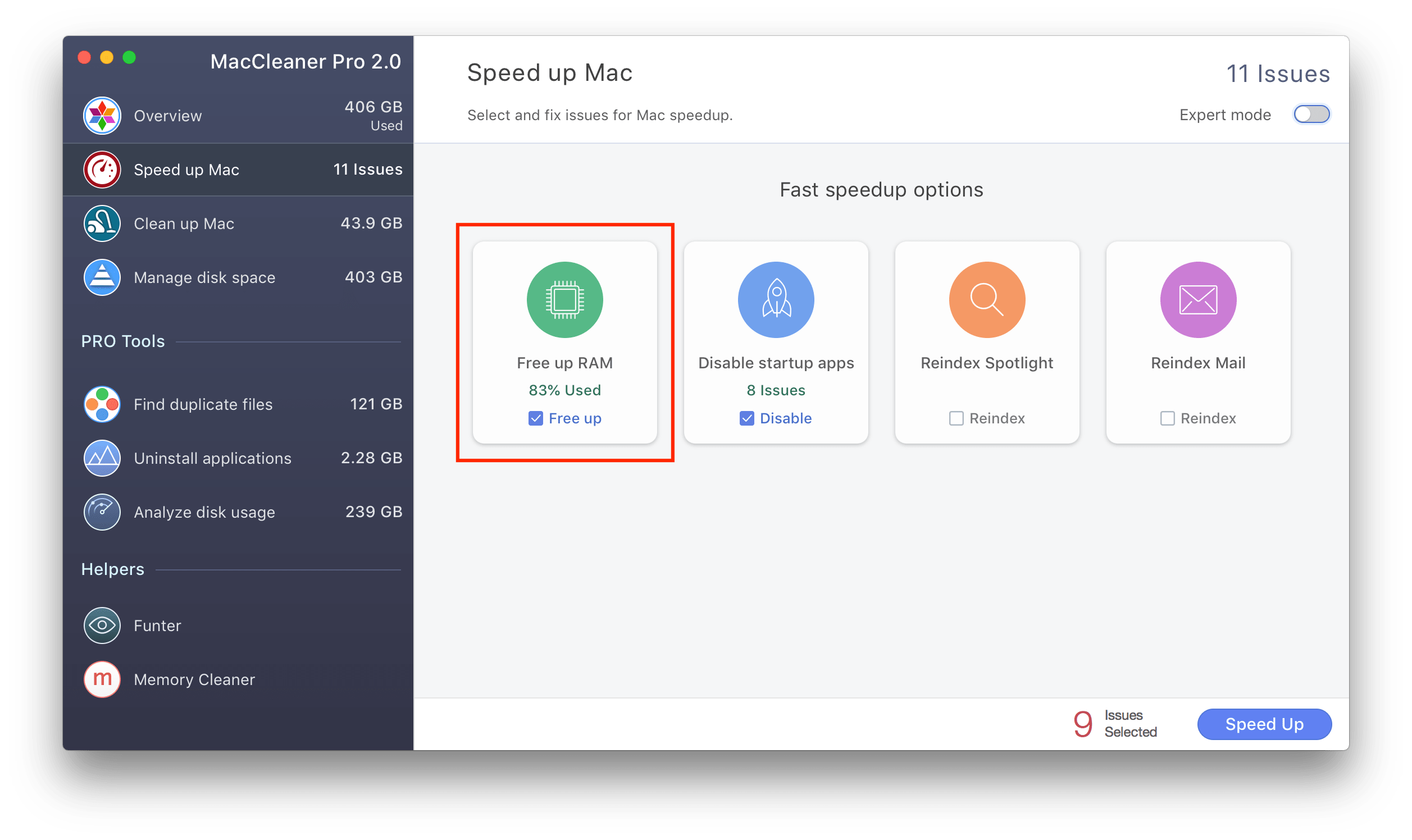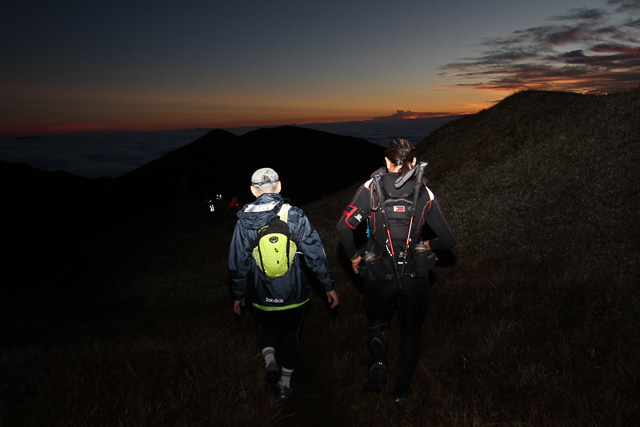

Developers can start building apps today and first system ships by year’s end, beginning a two-year transition
- 1 These identifiers are used for Office 2019 for Mac, either a retail or a volume licensed version, and for Office for Mac (from an Office 365 or Microsoft 365 plan) running on macOS version 10.12 (Sierra) or later. 2 These identifiers are used for Office 2016 for Mac, either a retail or a volume licensed version, and for Office for Mac (from an Office 365 or Microsoft 365 plan) running on.
- Run As Date Mac. Use Trial Software Forever without Expiration. By Hiroshi on March 21st, 2010. We can use software to have trial version of any software without expiration as I have posted earlier but there is a way you can do it yourself as well.
- By default, if timed is running, date will set the time on all of the machines in the local group. The -n option stops date from setting the time for other than the current machine.r Print out the date and time that is seconds from the Epoch.u Display or set the date in UTC (universal) time.
Cupertino, California — In a historic day for the Mac, Apple today announced it will transition the Mac to its world-class custom silicon to deliver industry-leading performance and powerful new technologies. Developers can now get started updating their apps to take advantage of the advanced capabilities of Apple silicon in the Mac. This transition will also establish a common architecture across all Apple products, making it far easier for developers to write and optimize their apps for the entire ecosystem.
Runasdate 64 bit free download - Apple Mac OS X Snow Leopard, 32- or 64-bit Kernel Startup Mode Selector, Photoshop Manga Effect Plugin (64bit), and many more programs.
Apple today also introduced macOS Big Sur, the next major release of macOS, which delivers its biggest update in more than a decade and includes technologies that will ensure a smooth and seamless transition to Apple silicon. Developers can easily convert their existing apps to run on Apple silicon, taking advantage of its powerful technologies and performance. And for the first time, developers can make their iOS and iPadOS apps available on the Mac without any modifications.
To help developers get started with Apple silicon, Apple is also launching the Universal App Quick Start Program, which provides access to documentation, forums support, beta versions of macOS Big Sur and Xcode 12, and the limited use of a Developer Transition Kit (DTK), a Mac development system based on Apple’s A12Z Bionic System on a Chip (SoC).
Apple plans to ship the first Mac with Apple silicon by the end of the year and complete the transition in about two years. Apple will continue to support and release new versions of macOS for Intel-based Macs for years to come, and has exciting new Intel-based Macs in development. The transition to Apple silicon represents the biggest leap ever for the Mac.
“From the beginning, the Mac has always embraced big changes to stay at the forefront of personal computing. Today we’re announcing our transition to Apple silicon, making this a historic day for the Mac,” said Tim Cook, Apple’s CEO. “With its powerful features and industry-leading performance, Apple silicon will make the Mac stronger and more capable than ever. I’ve never been more excited about the future of the Mac.”
Family of Mac SoCs to Deliver Powerful New Features and Best-in-Class Performance
For over a decade, Apple’s world-class silicon design team has been building and refining Apple SoCs. The result is a scalable architecture custom designed for iPhone, iPad, and Apple Watch that leads the industry in unique features and performance per watt, and makes each of them best in class. Building upon this architecture, Apple is designing a family of SoCs for the Mac. This will give the Mac industry-leading performance per watt and higher performance GPUs — enabling app developers to write even more powerful pro apps and high-end games. And access to technologies such as the Neural Engine will make the Mac an amazing platform for developers to use machine learning. This will also create a common architecture across all Apple products, making it far easier for developers to write and optimize software for the entire Apple ecosystem.
macOS Big Sur Enables Transition to Apple Silicon
In macOS Big Sur, Apple is offering a range of technologies to make the transition to Apple silicon smooth and seamless. With everything built into Xcode 12, such as native compilers, editors, and debugging tools, most developers will be able to get their apps running in a matter of days. Using Universal 2 application binaries, developers will be able to easily create a single app that taps into the native power and performance of the new Macs with Apple silicon, while still supporting Intel-based Macs. With the translation technology of Rosetta 2, users will be able to run existing Mac apps that have not yet been updated, including those with plug-ins. Virtualization technology allows users to run Linux. Developers can also make their iOS and iPadOS apps available on the Mac without any modifications.
Quick Start Program Lets Developers Get Started Today
Apple Developer Program members can start moving their apps to Apple silicon today by applying for the Universal App Quick Start Program. The program provides access to documentation, forums support, beta versions of macOS Big Sur and Xcode 12, and includes the limited use of a DTK, which will enable developers to build and test their Universal 2 apps. The DTK, which must be returned to Apple at the end of the program, consists of a Mac mini with Apple’s A12Z Bionic SoC inside and desktop specs, including 16GB of memory, a 512GB SSD, and a variety of Mac I/O ports. Developers can apply to the program at developer.apple.com, and the total cost of the program is $500.


Images of Developer Software
Apple revolutionized personal technology with the introduction of the Macintosh in 1984. Today, Apple leads the world in innovation with iPhone, iPad, Mac, Apple Watch, and Apple TV. Apple’s five software platforms — iOS, iPadOS, macOS, watchOS, and tvOS — provide seamless experiences across all Apple devices and empower people with breakthrough services including the App Store, Apple Music, Apple Pay, and iCloud. Apple’s more than 100,000 employees are dedicated to making the best products on earth, and to leaving the world better than we found it.

Press Contacts
Jennie Orphanopoulos
Apple
(408) 221-6621
Apple Media Helpline

(408) 974-2042
How to get updates for macOS Mojave or later
If you've upgraded to macOS Mojave or later, follow these steps to keep it up to date:
- Choose System Preferences from the Apple menu , then click Software Update to check for updates.
- If any updates are available, click the Update Now button to install them. Or click ”More info” to see details about each update and select specific updates to install.
- When Software Update says that your Mac is up to date, the installed version of macOS and all of its apps are also up to date. That includes Safari, iTunes, Books, Messages, Mail, Calendar, Photos, and FaceTime.
To find updates for iMovie, Garageband, Pages, Numbers, Keynote, and other apps that were downloaded separately from the App Store, open the App Store on your Mac, then click the Updates tab.
To automatically install macOS updates in the future, including apps that were downloaded separately from the App Store, select ”Automatically keep my Mac up to date.” Your Mac will notify you when updates require it to restart, so you can always choose to install those later.
How to get updates for earlier macOS versions
If you're using an earlier macOS, such as macOS High Sierra, Sierra, El Capitan, or earlier,* follow these steps to keep it up to date:
- Open the App Store app on your Mac.
- Click Updates in the App Store toolbar.
- Use the Update buttons to download and install any updates listed.
- When the App Store shows no more updates, the installed version of macOS and all of its apps are up to date. That includes Safari, iTunes, iBooks, Messages, Mail, Calendar, Photos, and FaceTime. Later versions may be available by upgrading your macOS.
To automatically download updates in the future, choose Apple menu > System Preferences, click App Store, then select ”Download newly available updates in the background.” Your Mac will notify you when updates are ready to install.
* If you're using OS X Lion or Snow Leopard, get OS X updates by choosing Apple menu > Software Update.
How to get updates for iOS
Run As Date For Mac
Learn how to update your iPhone, iPad, or iPod touch to the latest version of iOS.
Runasdate For Mac Os
Learn more
Run As Date Mac Os X
- Learn how to upgrade to the latest version of macOS.
- Find out which macOS your Mac is using.
- You can redownload apps that you previously downloaded from the App Store.
- Your Mac doesn't automatically download large updates when it's using a Personal Hotspot.





